The race to build the next generation electrical architecture is competitive and expensive. Ford Motor Co. appears to be throwing in the towel due to escalating costs and ongoing delays.
The automaker plowed big money and resources into the development of the new system, according to a Reuters report. It was one of the reasons Ford CEO Jim Farley lured Doug Field, a former top Tesla and Apple executive, to the automaker a few years ago. Sources told Reuters the company spent more than $10 billion on the project.
The goal of the new architecture, dubbed FNV4 (fully networked vehicle, was not only to compete with the likes of Tesla and Rivian as well as its traditional rivals, General Motors and Stellantis, but also to lower costs and raise quality levels for EVs. It also aimed to provide the automaker with the capability to add consumer-oriented features in future vehicles, adding another revenue stream for the company’s bottom line.
Intended to act as a “zonal” system, FNV4 was supposed to allow Ford to cut back the number of microprocessors scattered around its vehicles — as many as 150 in many of the latest products. Instead, their functions would be consolidated in a central processing system. That approach would have numerous benefits, for one thing, reducing the length of pricey wiring harnesses, while making it easier for Ford to integrate the operation of various digital features, from autonomous driving systems to power seats. It would also, Ford hoped, make it easier and quicker to provide over-the-air software updates.
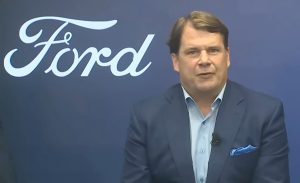
Ford CEO Jim Farley pushed hard on EV development, including recruiting former Tesla and Apple executive Doug Field to join the company.
Next steps
The company will take what’s it’s learned and roll it into its existing technologies while leaving future development to the small California-based team Farley previously described as Ford’s technological “skunkworks.”
“We are committed to delivering fully connected vehicle experiences across our entire lineup, regardless of powertrain, while many others in the industry are bringing the most advanced tech only to electric vehicles,” a company spokesperson told Reuters.
The push isn’t just for electric vehicles, Ford officials noted, but internal combustion powertrains as well. The effort reveals just how difficult it can be for legacy automakers to develop this kind of technology. In the past, automakers weaved together technologies developed by suppliers to get the capability needed.
However, that’s become too unwieldy and slow, and smaller startups, such as Tesla and Rivian, can do the development at light speed compared to their legacy counterparts.
More Ford News
- 2025 Ford Expedition Adds Tremor Package
- First Drive: 2025 Ford Explorer
- First Drive: Ford Maverick Hybrid
Not the first time
The difficult task of getting its technology to the market was highlighted by Toyota’s recent decision to partner with Waymo, which is owned by Alphabet, on the development of its autonomous vehicle technology. The goal is to take Waymo’s robotaxi technology and tailor it for use in personal vehicles.
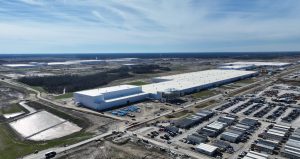
Ford is delaying or slowing down a number of EV projects, including the huge BlueOval City complex going in near Memphis.
“The companies will explore how to leverage Waymo’s autonomous technology and Toyota’s vehicle expertise to enhance next-generation personally owned vehicles,” the companies noted in a statement.
Farley has previously pulled the plug on other tech development efforts at Ford that he believed the company wouldn’t be able to beat the market on … autonomous driving technology. The company ended a partnership with Volkswagen AG called Argo AI in 2022.
Ford took a $2.7 billion charge to get out of the business unit that it “couldn’t see a path to profit” on down the road. In short, the company didn’t believe it could recoup the costs through the technology developed. The biggest reason is that it was taking much longer than expected to develop a viable self-driving vehicle.
“We’ve looked at this every way that you can,” John Lawler, then-CFO, told reporters at the time. “We just see the profitability, given the investment that’s going to be required, a long way out.”

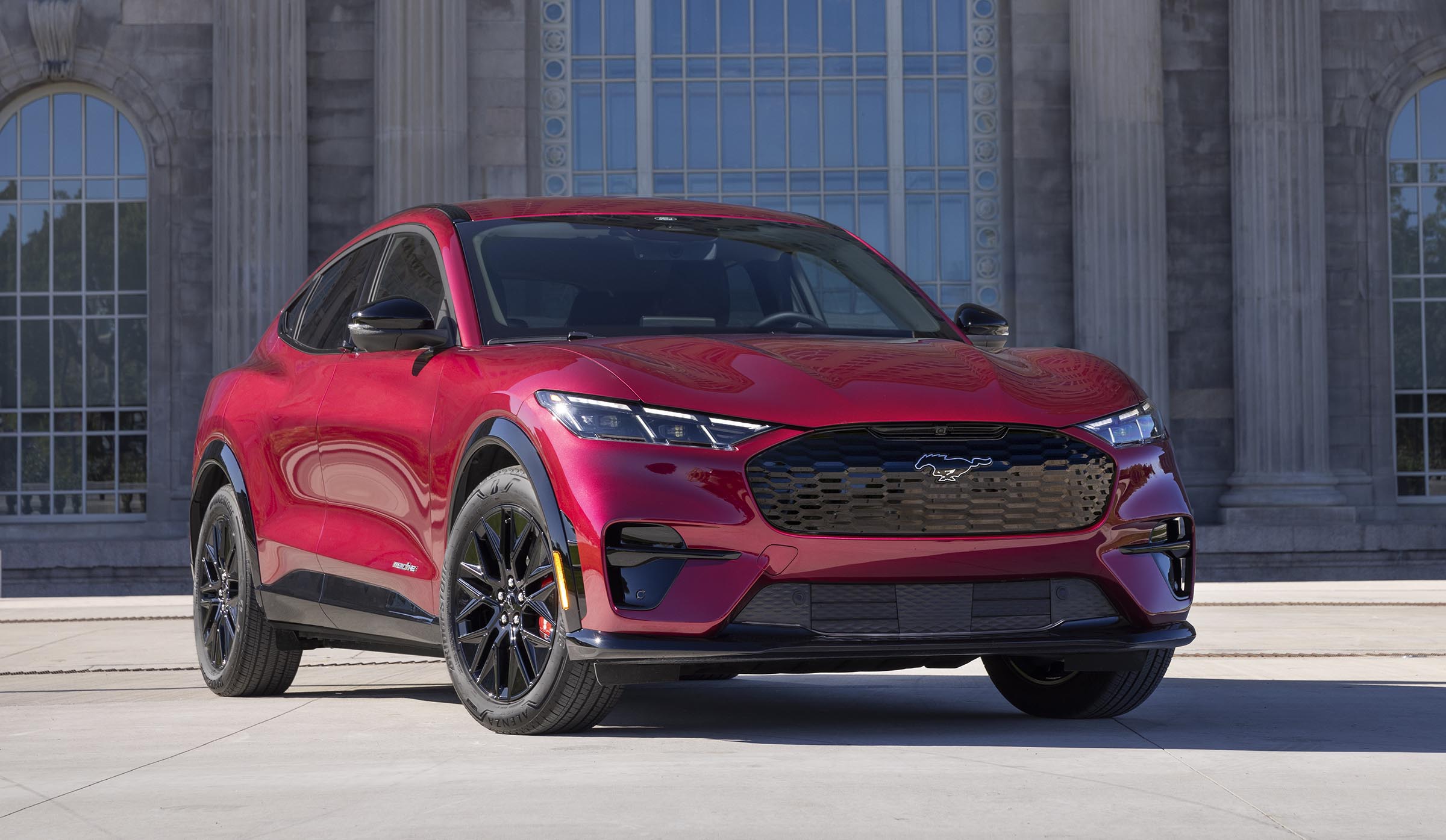
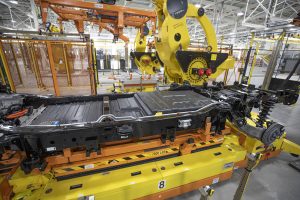
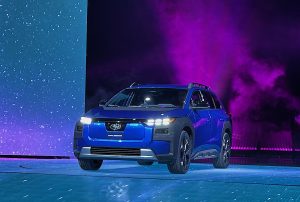
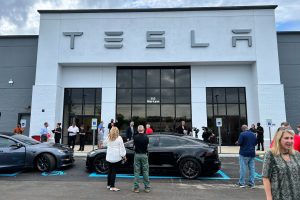
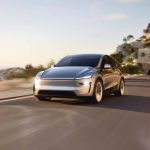
0 Comments